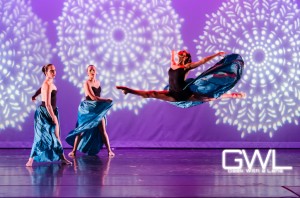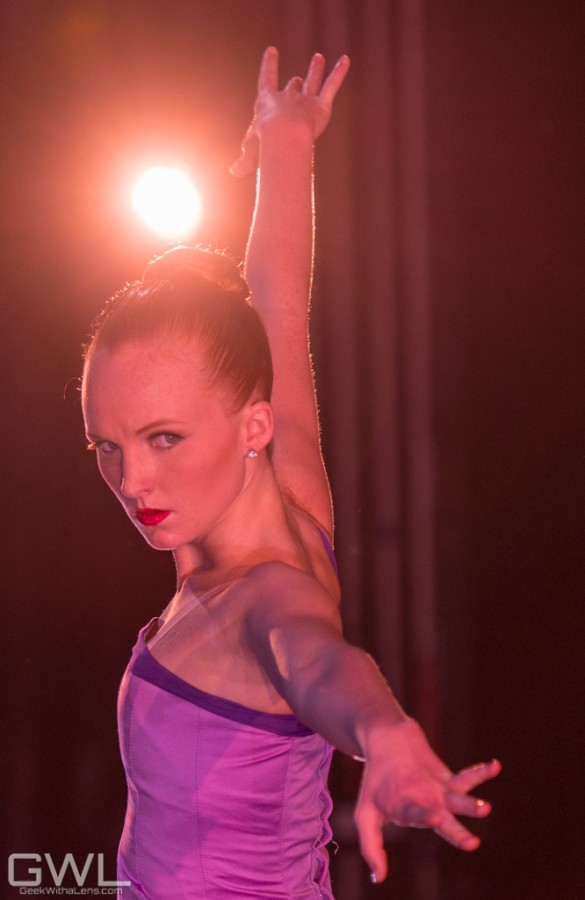
I always get asked if my dancers participate in competitions. My answer is always no, they participate in something much more life-altering. Last weekend I took my dancers to the Regional Dance America Festival for the Northeast which was held in Harrisburg, PA. It is the highlight of their year and what they work towards. In fact, for the past two years, all of our seniors have opted to miss their own high school graduations in order to attend this event which I think alone speaks to the significance of this event in their young lives. So what makes this experience and organization so important?
What is RDA? Regional Dance America is a non-profit organization consisting of 86 pre-professional companies from across the United States. You must audition to become a part of the organization which is what helps it maintain its high standards. There are 5 regions that have their own rules and regulations including: Northeast, Southeast, Mid-States, Southwest and Pacific. Each year, each region picks an adjudicator. That adjudicator visits each member company, watches a ballet class and the performance of several works. The adjudicator then gives each company a report with invaluable feedback and chooses the best works from each company to be performed at the Festival for their region. Sometime in the spring, each region hosts a festival that lasts three days. The dancers take classes from world-renowned master teachers during the day and take turns performing for each other in the evenings.
The History. Regional dance was a movement that began in the 1950’s when great dance could only be seen in big cities like New York and San Francisco. The movement was supported by George Balanchine himself and other greats like him who believed every American city deserved first-rate dance training. Many professional dance companies around the country began as part of this organization and then made the leap into the professional arena including: Boston Ballet, Sacramento Ballet, Pennsylvania Ballet, Dayton Ballet, Atlanta Ballet, Dayton Contemporary Dance Company, Washington Ballet and Philadanco, to name just a few.
The Affiliations: RDA does not just support dancers. From very early on, it saw the importance of supporting young choreographers as well when Josephine Schwartz of Dayton Ballet began a showcase for young choreographers that eventually became the National Choreographic Intensive. Each year, at the end of each Festival, awards are given to the best works of choreography presented at the Festival. There is an Emerging award for young choreographers and Project Tier award for older choreographers. Both come with a full scholarship to attend the National Choreographic Intensive where these choreographers create new works on budding young dancers and are critiqued on their efforts by masters in the field of choreography, helping them to be inspired, supported and pushed to the next level in their career, as well as giving them national exposure.
Read More…




